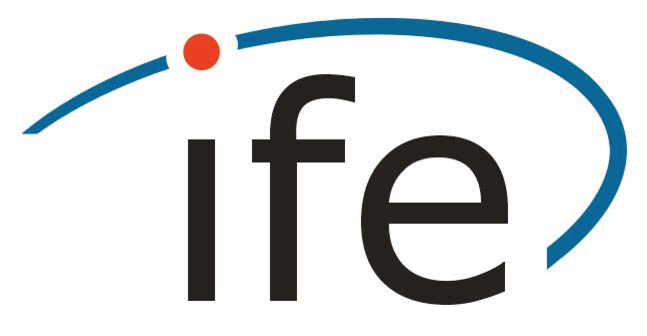Deformation Analysis Based on Terrestrial Laser Scanner Measurements (TLS-Defo, FOR 5455, Project 5)
| Leitung: | Prof. Dr.-Ing. Steffen Schön |
| E-Mail: | mailto:naeimaei@ife.uni-hannover.de |
| Team: | Reza Naeimaei, M. Sc. |
| Jahr: | 2024 |
| Datum: | 01-11-24 |
| Förderung: | DFG, FOR 5455 |
| Weitere Informationen | https://www.tlsdefo.de/ |
This work is part of a research network within the DFG (FOR5455). We take over here the development of the work within the project 5 (Distribution-free Uncertainty).
Motivation
Deformation monitoring of natural and man-made structures is a critical field within engineering geodesy. It involves the investigation of geometric changes between two or more states of an object or area. A key aspect of this investigation is the clear distinction between actual deformations and uncertainties. Point clouds obtained ()from terrestrial laser scanning (TLS) are subject to random variations and systematic observation uncertainties. These uncertainties can arise from factors such as unmodeled atmospheric refraction, complex laser beam reflection, proprietary pre-processing algorithms within the instrument, and unknown but bounded errors.
A purely stochastic treatment, which assumes all errors follow a normal distribution, is often an oversimplification. This assumption can hinder the accurate detection of deformations. To address this issue, a distribution-free uncertainty description is being developed, based on interval enclosures of observation uncertainties. This approach does not rely on specific distributional assumptions and therefore offers a more comprehensive way to represent uncertainties. By complementing the stochastic methods, this distribution-free uncertainty description provides a more complete framework for uncertainty analysis and propagation in TLS-based deformation monitoring.
Objectives
The overall goal of our research is to complement the total uncertainty budget associated with Terrestrial Laser Scanning (TLS) measurements. To achieve this, we develop a strategic approach to determine and validate deterministic observation intervals. This strategy involves a thorough analysis of the data acquisition process and aims to ensure the reliability and accuracy of TLS measurements.
A central part of our work is the design and implementation of methods to translate observation error bands into precise point uncertainty metrics. By refining these techniques, we aim to increase the accuracy of point data derived from TLS and thereby improve the efficiency of spatial analysis and modeling tasks.
In addition, we are pioneering the development of distribution-free metrics to assess surface uncertainty. These metrics are critical in scenarios where the assumptions of traditional statistical distributions may not hold and provide a more robust framework for understanding and dealing with uncertainty in various applications of TLS data. Through these efforts, we aim to advance remote sensing by improving the accuracy and reliability of TLS-derived data products.




